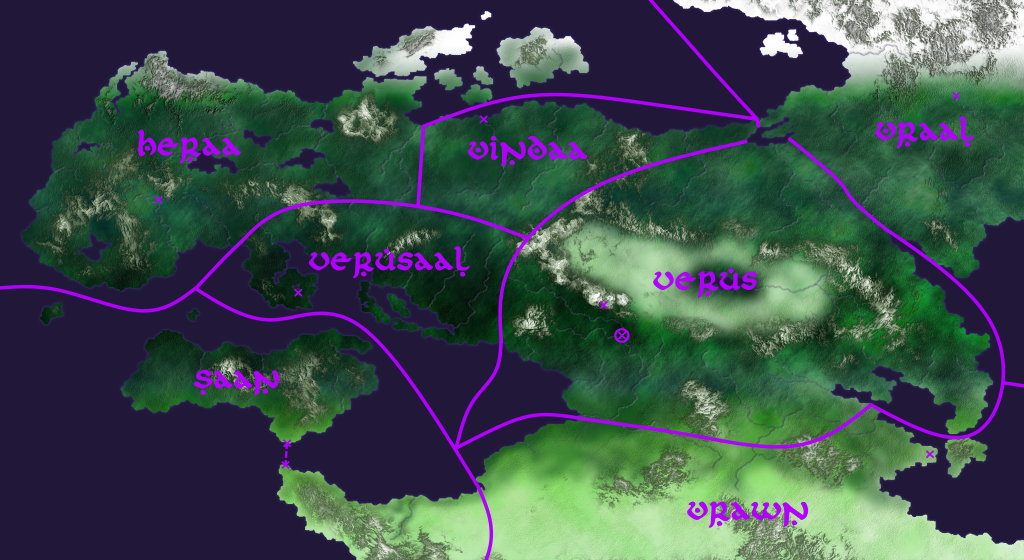Caanus
Created by Thane on Sun Oct 7th, 2012 @ 6:26am
Caanus
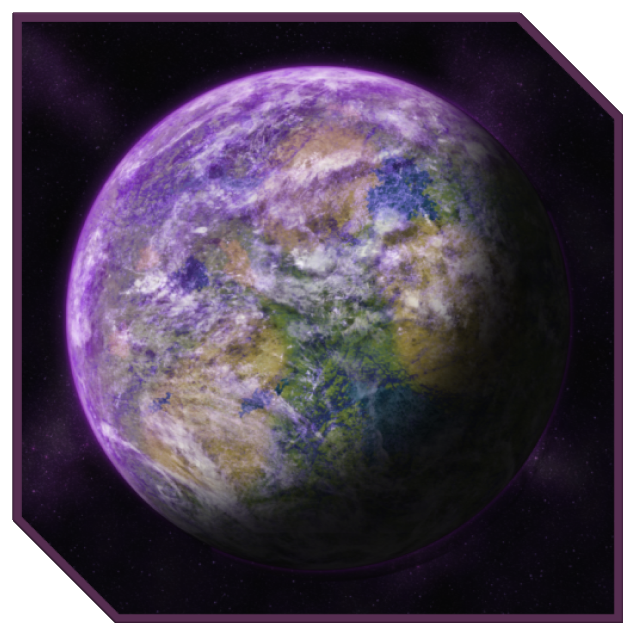
"I remember... the sky shone a brilliant lavender most days, but then there were others - particularly if it stormed, as it was prone to do - when it would be a rich purple. Those were my favourite days." - Thane, recalling his childhood.
Basic Information
ASTROGRAPHICAL
Region: Outer Rim Territories Sector: Gordian Reach System: Thaal Suns: 1: Thaal Orbital position: 4 Moons: 2: Kaon & Vaa Grid coordinates: P-5 Distance from Core: 40,000 LY Rotation period: 20 standard hours Orbital period: 410 local daysPHYSICAL
Class: Terrestrial Diameter: 11,500km Atmosphere: Type 1 (breathable) Climate: Temperate Gravity: Standard Primary terrain: Grassy plains Swamps Forests Hills and Mountains Native Flora: Calberry Darkberry Swamproot Many trees/swamp-based agriculture Native Fauna: Caanan woodfowl (poultry) Craaw (reptavian predator) Deelus (herd herbivore) Duurloc (swamp predator) Lauvaa (mountain big cat) Taamus (squirrel-like rodent) Txmin (primate) Points of interest: Vaarthul (Verus Family Keep)SOCIETAL
Native species: Thaalda (exiled to moons) Immigrated species: Humans, some others Primary language(s): Galactic Basic Standard Government: Feudal aristocracy Population: Sparse Demonym: Caanan Major cities: Vlaand (capital city), Vaarthul (Verus family keep), Thaavitha (Saan capital city) Affiliation: Saaphian Diarchy Caanan Hegemony First Galactic Republic Sith Empire (Reconstituted) First Galactic Empire Second Galactic Republic (incl. Alliance and Federation) Mandalorians (New Crusade) Second Galactic Empire Caanan Commonwealth Third Galactic RepublicOTHER INFORMATION
Title of Leader(s): The Archae Current Leader(s): Wulhart, of House Verus Senator: Haavan Vuul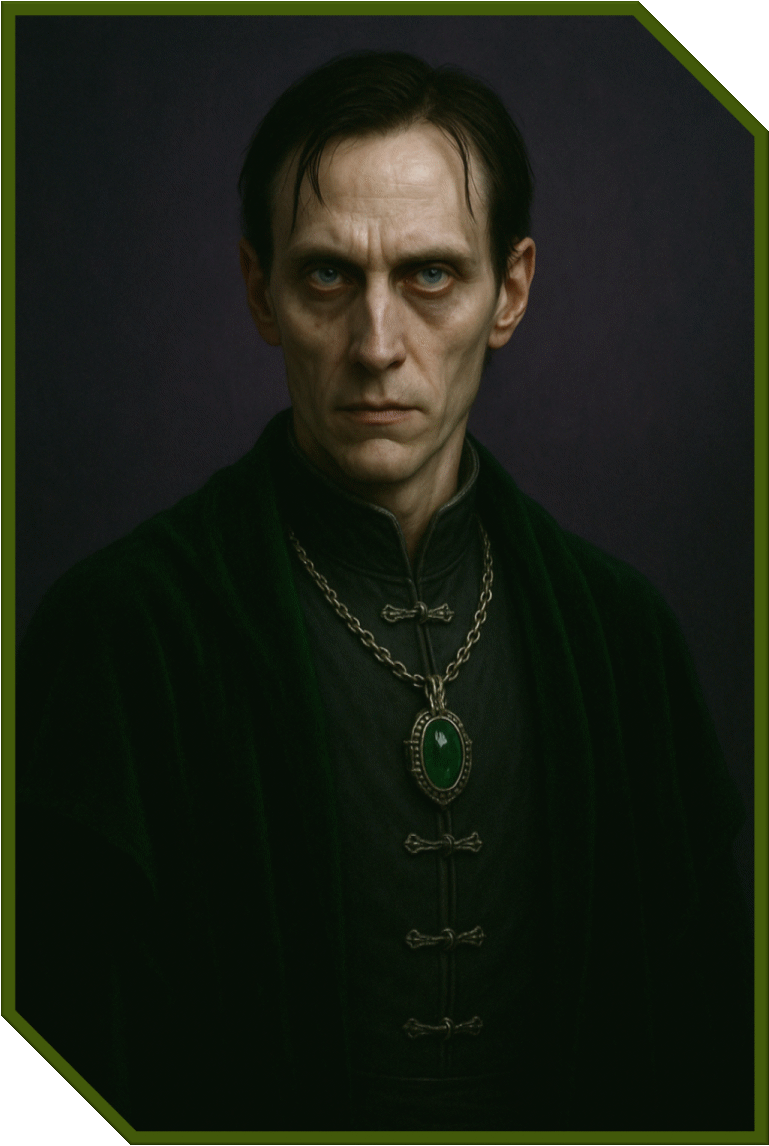
Notable natives: Thane (former Jedi Knight, of House Verus)
Description
Caanus ("KAY-nuss") is a planet that serves as the sector capital of the Gordian Reach sector within the Outer Rim territories, and close to the space of the old Sith Empires. It is a largely unspoiled world with large mountains, forests, swamps and wildlife. It has largely been known as a world caught between several allegiances, being in the heartland of several discontent Outer Rim worlds, as well as close to what was has often been Sith space.
A planet profuse in antiquity, reverent of refined Human High Culture and mired in the aristocratic lordship of the Rexcaanae, Caanus has for millennia been ruled by the enigmatic Skaal, a world typically deep-set in its loyalty to the ruling Republic and its peoples. In recent generations and since the Second Outer Rim Conflict, the planet has since slipped into obscurity, a shadow of its former self as its cities grow quiet, its leadership withdraws from the political stage and its population becomes sleepy, uninterested and closed off to the events of the wider galaxy.
History
Natives and the Human Arrival (33,000 BBY)
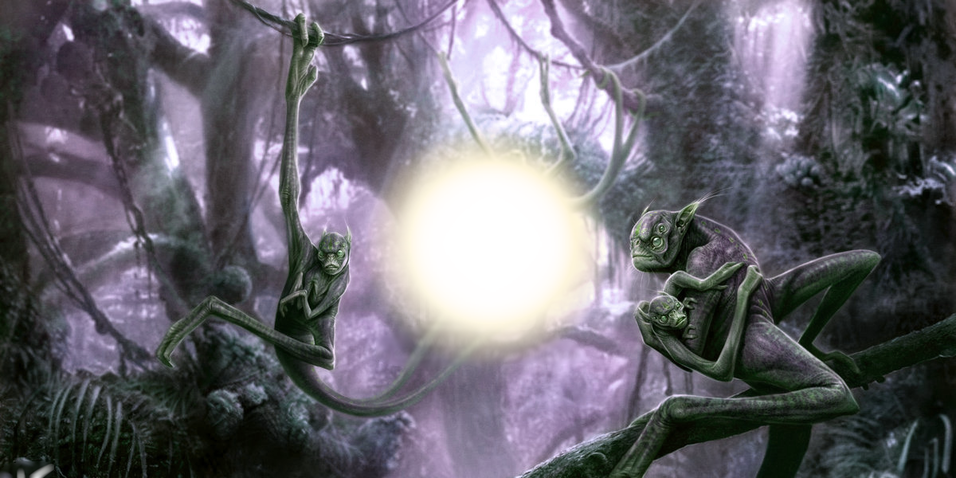
In the earliest records discovered concerning Caanus' history, it is found that the indigenous species were a humanoid amphibious race, named the Thaalda by later visitors to the planet after the planet's star - Thaal. Having evolved from swamp and tree-dwelling primate-like beings (their ancestors are speculated to be like the contemporary txmin, a species still found on Caanus), they were a sentient species with a respectable degree of early intelligence, akin to the primordial stages of a species' evolution.
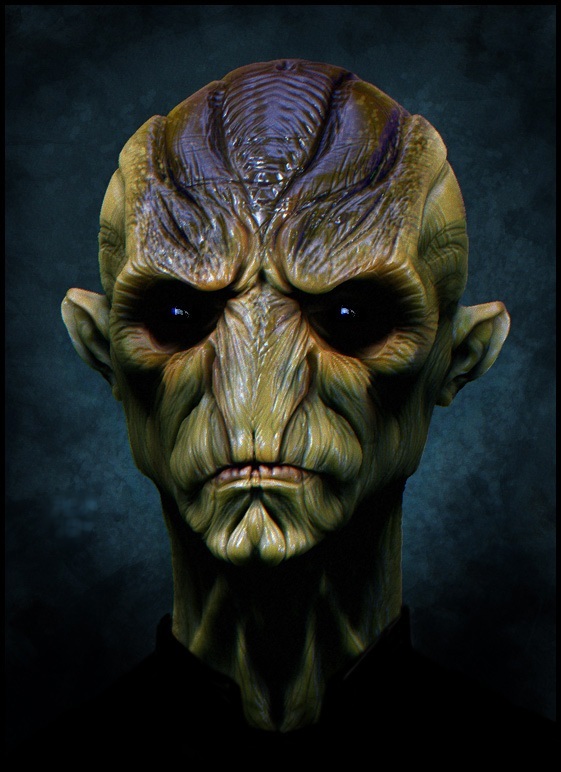
For thousands of years, the Thaalda continued in their tribal ways, living both within swamps and the forests of the planet, ever fearful of both other Thaalda tribes and the native predators that stalked them, such as the fearsome duurloc, a creature that would dwell in the swamps, large and powerful enough to take down its victims, dragging them into its swampy lair to devour them. Equally dangerous was the monstrous Craaw, a reptavian creature that would descend from its mountain habitat to capture and consume unsuspecting prey. Fashioning weapons out of stone and wood, as well as poisons that occurred within near and around their tribelands, they became adept hunters, but were nevertheless unprepared for the arrival of Humans.
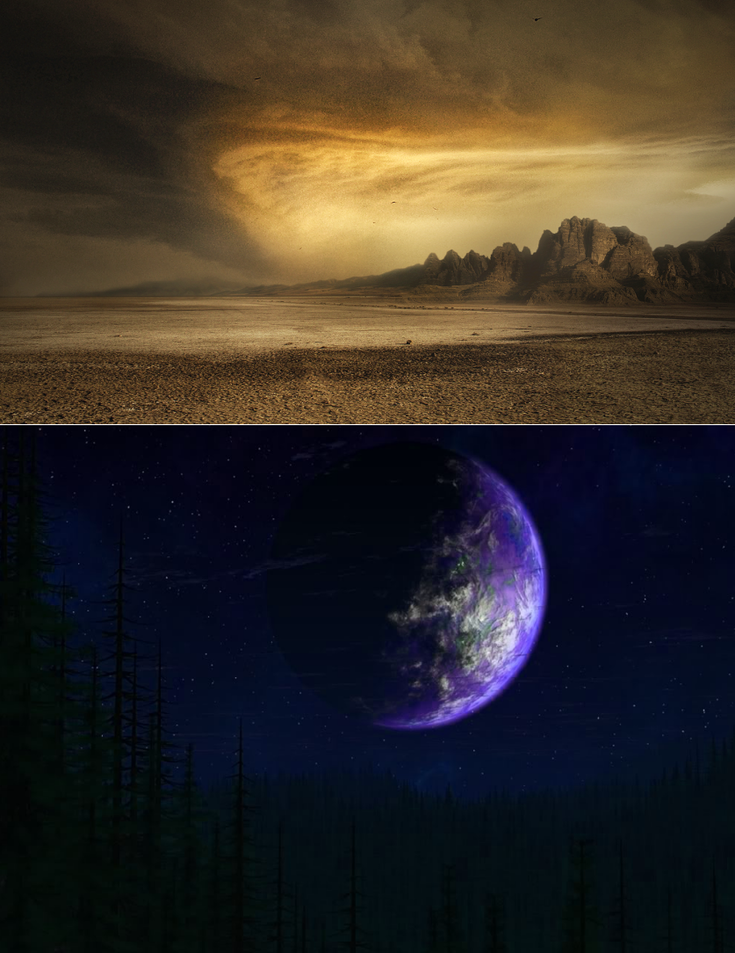
There are very few records about the earliest Human colonists, only that many of them had families that went on to become the Founders of the Great Houses of Caanus, and were responsible for wiping out much of the fledgling Thaalda race, as well as exiling what few remained to the planet's two habitable moons, Kaon (see right, below) and Vaa (see right, above). Those Thaalda more fortunate to be sent to Kaon - a jungle-like satellite - were able to continue on their existence much as they had before, despite the predators being more dangerous, and the weather more deadly. Nevertheless, the Kaon-Thaalda adapted well, and have developed a basic religion revolving around worshipping Caanus - the god from which spawned them. Their goal became to one day return to Caanus (which they believed to be a paradise), and exile the ‘demons’.
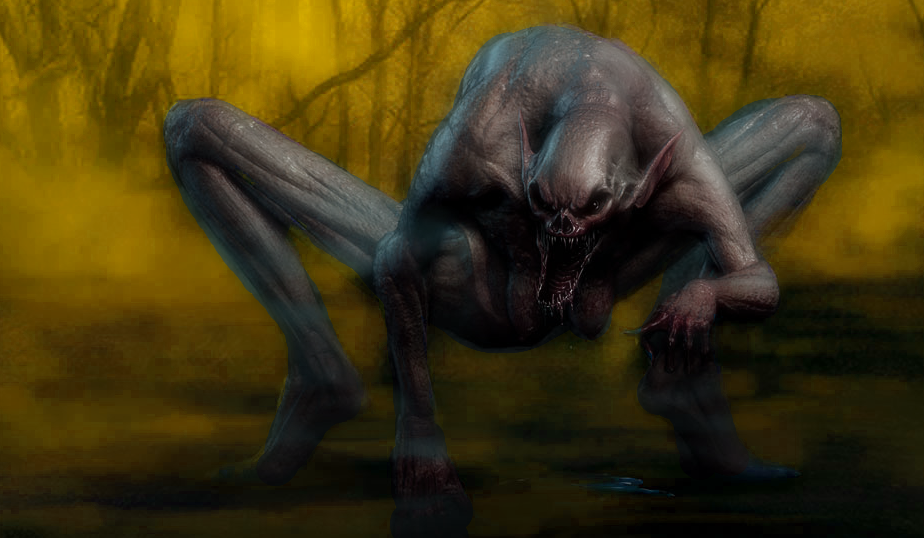
However, the Vaa-Thaalda - what few survived over the years - found the desert-like moon to be far less hospitable to their nature and physiology, having to dwell in caves, with a very distinct culture developing from their brethren on Kaon, and far less is known. What little has been discovered suggests a very primal nature has overtaken the Vaa-Thaalda (see left), making for a far more brutal sub-species. It is believed a naturally-occurring substance on the moon leant itself to the rapid adaptations seen in the Vaa-Thaalda, rumoured to be far larger, far less intelligent, and highly-aggressive species.
Rise of the Rexcaanae
The humans, once the native Thaalda had been ousted, wasted no time in establishing themselves as the dominant species on the planet, quickly spreading across Caanus and colonising its various lands and developing their own particular cultures. With many of the leading colonists supposedly being of noble birth and prestige, they made claims to the best lands and established the greatest keeps, with a very feudal system developing amongst the now-named Caanans. Inevitably, this led to frequent power struggles and strife amongst the rivalling fiefdoms, each 'family', led by what would come to be termed as the “Skaal” (Caanan equivalent of a lord), seeking to outdo the others.
Over time, it became apparent that each family could not simply defeat the others, and several would band together (sometimes under the banner of a more prominent family, or "House", as they became known), with alliances covering great amounts of land and property. Naturally, these leading houses - later known as the "Great Houses", led by the Rexcaanae (pronounced “ray-can-AY”) - became responsible for much of the movements of their allies during these conflicts, in charge of defending their allies, whilst also receiving stipends from them. Whilst these Houses (and, sometimes, the Great Houses) would rise and fall during numerous different wars, a general culture developed planetwide, and one that has not necessarily changed greatly in the millennia since, with Great Houses numbering little compared to the dozens of lesser houses. It was during this time that a schism purportedly occurred, with a number of minor houses supposedly abandoning the chaos of Caanus to found another colony, resulting in long-lasting legends of the “Lost Colony” – something which would not receive credence until much later in Caanus’ history.
The Saaphian Crusades and the Republic (12,000 - 7,000 BBY)
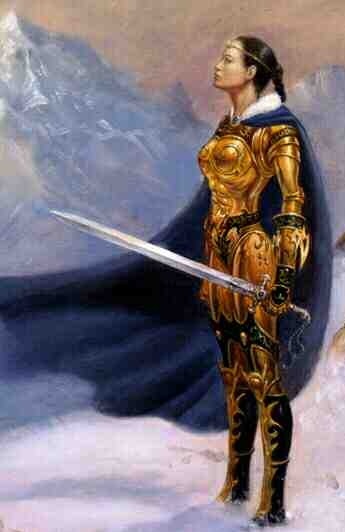
As time progressed, one particularly influential Great House - the House of Heraa- directly descended (and with the clearest records of a pure bloodline) from the Founders (the first colonists), set its sight on claiming dominance over all of the other Great Houses and their liege Houses. Led by Rexheraa Saaphia (see right), the House of Heraa rallied over half of the other Great Houses to its cause and began what has now been termed as "The First Saaphian Crusade", and was successful after many years of war in her campaign, and proclaimed herself the one sovereign of Caanus – the Archae - with each Great House paying respect to her own.
With the House of Heraa adopting a principle of enatic succession (a stark contrast to the other typically male-dominated feudal families) Saaphia was succeeded by female descendants who would go on to use what primitive technologies were available to Caanus to reach for the stars. Later referred to as the “Second Saaphian Crusade”, Heraa led vessels crewed by loyal subjects and minor vassals seeking glory to colonise and conquer nearby worlds and star systems. Better organised than many of the ill-prepared target worlds, the Second Crusade was successful in expanding Caanan territory beyond the confines of the homeworld, but an unexpected ally was found in the unlikeliest of places.
Some years into the expansionist campaign, the myth of the Lost Colony was proven to be fact. As the Saaphian vanguard advanced outwards, probing for potential targets for acquisition, scouts were rewarded with the discovery of a developing world with a population not dissimilar to their own. Whilst dialect differences were clearly apparent and the histories divergent, there were enough cultural similarities to this world’s peoples to lend authority to what the scouts soon suspected, and although it is claimed there was much suspicion and hostility initially, it was not long before the ruling classes of Elessa were won over with the promise of riches and a warm welcome into the Caanan fold. Thus the Saaphian Diarchy was born, a Caanan empire modest in size and power, but nevertheless a capable power within that sector of space.
However, as the generations went by, divisions grew once again between the Houses, particularly between the houses of Caanus and Elessa, whose alliance had been one-sided from the start, the very name of their ‘joint’ empire a disservice to the Lost Colony’s role in their alliance, Elessan Houses genuinely believing themselves to be a colony rather than a partner of the mightier Caanus.
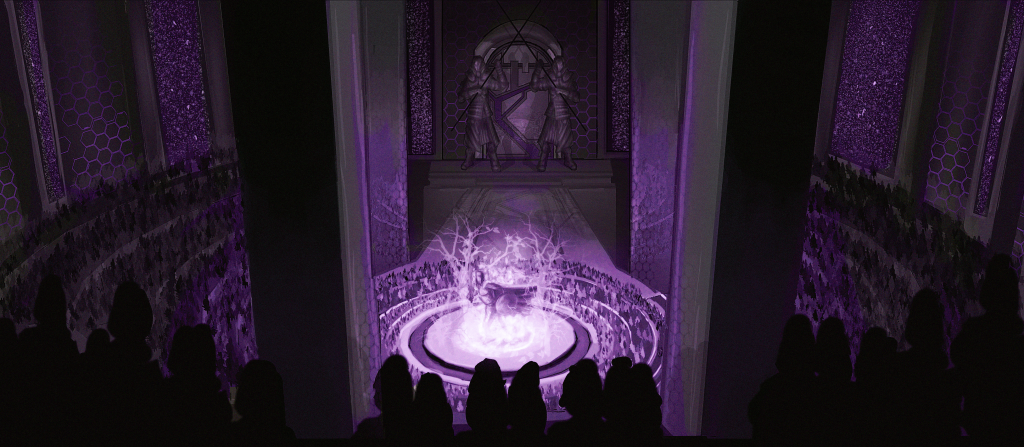
Chiefly, the divisions on Caanus itself were born out of disparate opinions concerning galactic affairs and the ever-growing Republic that now existed as a firm political entity in the galaxy, and another Great House - the House of Verus - saw an opportunity to capitalise and expand their own power. Whilst the House of Heraa became a bastion of isolationism and traditionalism, the Great House that forged the Diarchy and brought Caanus glory amongst the stars, the House of Verus became one supporting galactic dealings, to work with the Republic, although this was largely a method by which to augment their own power through Republic supplies, as well as a way to convince more Houses to support them in the upcoming power struggle.
Indeed, a conflict did eventually occur. Following a brief uprising that forced the House of Verus and some of its supporters into exile, the rebel houses found support with the discontented nobles of Elessa. With enough strength to now back their aspirations and political will, the House of Verus and its supporters eventually came out more successful in the contest, even going so far as to augment their forces with captured and ‘tamed’ Thaalda from the Caanan moons. Whilst the conflict was nothing like the Saaphian Crusades, the House of Heraa was dethroned, and the Rexverus became the new Archae, leading Caanus into joining the Republic, but as one of the further-reaching members, given its position in the Outer Rim, little aware of the consequences that decision would have.
With this power shift within Caanan space, the Diarchy ceased to be, at least in the manner by which it was known and recognised. Through their alliance with and gradual ingratiation into the growing Republic, the empire was reorganised into what has since been referred to as the Caanan Hegemony. To appease their supporters, solidify their newfound power and incorporate themselves better, the Archae instituted the policy of the ‘Skaalmoot’. An idea not new to feudalism but instead an archaic principle once used by lesser lords to decide leadership amongst themselves, the Rexcaanae of the Hegemony would be summoned together to cast votes upon who would be the Archae, although over the generations this became a largely ceremonial and symbolic arrangement as the Rexverus heir was consistently appointed sovereign.
During this most imperialistic of Caanus’ history, it was a matter of growing importance for the ruling houses to marry into other royal families of significance in the galaxy. Under Saaphian rule, these alliances were largely internal between the houses of the homeworld, whilst the Verus rule saw more intermarrying and involvement in interplanetary politics.
The Sith Wars (5,000 - 3,000 BBY)
As the Sith Empire first revealed itself to the Republic, resulting in the Great Hyperspace War - and in the resultant wars leading up to the end of the Jedi Civil War - Caanus, being incredibly close to the heartland Sith worlds, found itself and its hegemony becoming a battlefield each time by a significant Sith presence, but they either found it too difficult to hold the planet - either due to the Caanan themselves or by a Republic counterattack - and sometimes simply blockaded the system and surrounding sector, to ensure a measure of loyalty and victory. Even so, the vicious onslaught of the Sith war engine brought the systems under Caanan rule to their knees, crippling the infrastructure of the micro-empire and ending the generational control brought about by the Second Saaphian Crusade.
This rapid decline in power for House Verus and Caanus left the planet in disarray, a series of events taken advantage of by a cadet branch of the ruling family, House Verusaal, who were able – through a combination of subterfuge, charisma and brief choice conflicts – to have their head of house elected as Archae Claad IV. Although technically an official ascent to power, many of those loyal to Verus considered it a usurpation of power during a time of crisis. Only short-lived, only three generations of Verusaal managed to sit upon the throne before Rexverus Wulhart reclaimed his family’s mantle.
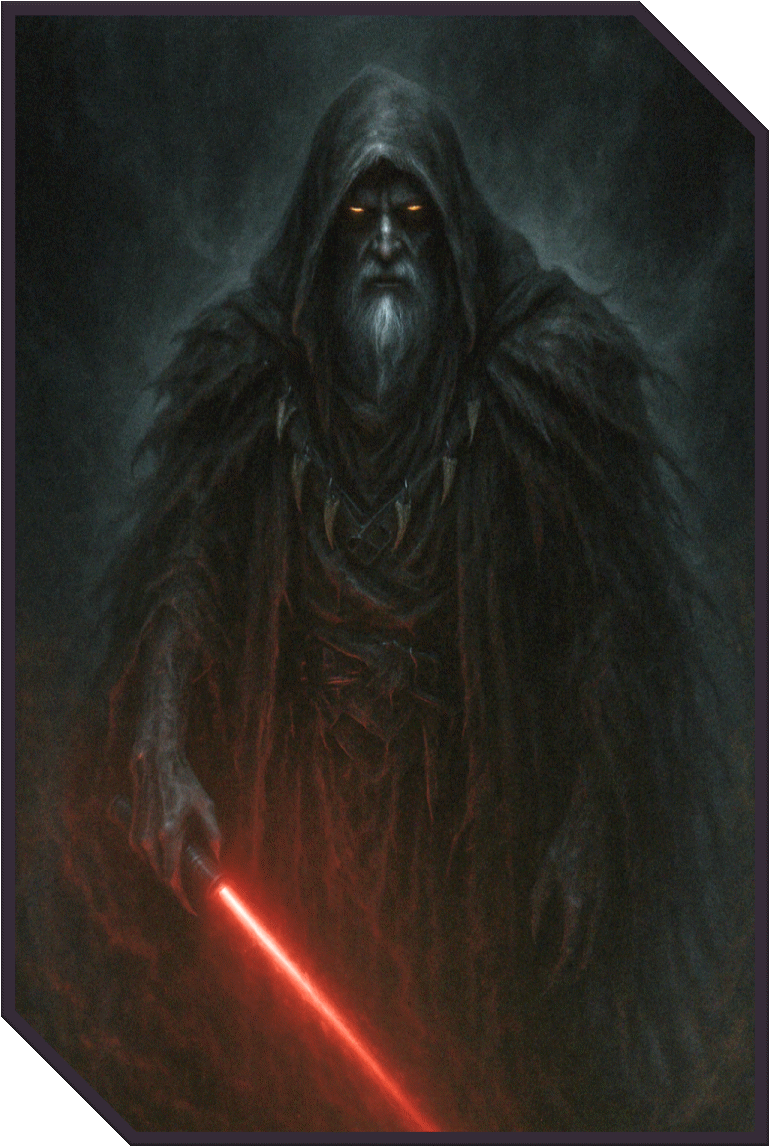
However, the start of the Great Galactic War saw an end to survival from alien occupation for the homeworld itself, when the reconstituted Sith Empire came out of hiding and lay waste to the First Galactic Republic in a massive war that forced them into the Treaty of Coruscant. During the war, Caanus - under the leadership of Archae Claad IX - actively rallied legions of troops to join the Republic military from the former hegemony, actually serving himself as a Republic general against the Sith armies, whilst his son and heir - Cain - was taken to be trained by the Jedi Order.
Despite General Claad's heroism and charisma, there was a major battle on his homeworld, where an ancient Sith sorcerer, Darth Cabal, led the forces against the Caanan (actually supported by the still-bitter House of Heraa), and personally cut Claad down and claimed Vaarthul (the House of Verus' family keep) as his own fortress, and named himself dictator of Caanus. When the Treaty of Coruscant was signed, Caanus was officially recognised as a Sith world under Lord Cabal, whom the native Skaal were too weak and/or dominated to overcome.
For the years leading up to the Second Galactic War and during the Cold War that now gripped the galaxy, Darth Cabal spent much of his time in isolation, leaving the rule of the planet to the House of Heraa whilst he engaged in experiments with Sith alchemy and sorcery (causing the Vaa-Thaalda even greater mutation), away from the prying eyes of both the Sith Empire and his Caanan subjects, until finally, about a year before war broke out once again, Cain - the son of the last Rexverus and Archae - returned to his homeworld seeking vengeance, and cut down the Sith Lord, as well as those who did not flock to his banner from the House of Heraa and rallying the remaining Houses to his side.
Whilst it is rumoured that Cain had indeed turned to the dark side during this time, he is nevertheless remembered as a hero by Caanus and the Republic for his actions in ridding the world of Sith influence, reclaiming the mantle of his father and uniting the world in time to fight heroically in the Second Galactic War.
The New Sith Wars, Thaavia Insurrection and Clone Wars (3,000 BBY - 300 ABY)
Caanus played a relatively small part in the wars and turmoil that struck the First Republic in the ensuing years. Whilst there was a small restoration of Caanan superiority over its former dominion during the years since Cain’s restoration, nothing akin to the Diarchy or Hegemony were ever brought back. Around the time of the New Sith Wars, there was an incident known as the Thaavia Insurrection, when the rival House Thaavia found its power beginning to outweigh that of House Verus. Buying into corporate deals within the growing New Sith Empire and its family made up largely of foreign dignitaries, they managed to exile the Verus whilst they were diminished in numbers.

For almost two hundred years, the House of Verus did not see the violet skies of home, their nobles scattered across the stars, joining other royal families in the hopes of finding capable allies; becoming drifters, soldiers and beggars; or simply disappearing into the obscurity of the New Sith Wars. It was only after a series of spectacular defeats at the hands of the Sith and the great loss of capital caused by the corpulent Archae Zaa II of Thaavia that caused the other houses, desperate, to restore the last scion of House Verus – a man named Thane (see right) – to throne. With Zaa II’s death and ailing family, an interregnum had plagued the world during its darkest hours.
Bringing with him the wealth and prosperity of his days as what could be described as nothing less than a pirate-king, Thane I of House Verus returned to Caanus a triumphant lord, both plunder and alliances aplenty as he went about restoring his family’s legacy on a world he had not once before sighted. With three wives and two husbands from families rich and poor across the galaxy, Republic and Empire, the legendary (and some say mythological) Pirate-King of Caanus brought his ancestors’ homeworld back into the fold of galactic affairs, his dynasty secured.
Whilst it is accepted these tales are likely embellished to make for better storytelling and an encouraging fable during the dark times, the House of Verus was undoubtedly returned as the ruling body. Throwing down the fractured remains of the House of Thaavia, a man believed to have been one of Thane I’s lieutenants during his plundering years was honoured with the former lands of Thaavia. A Zeltron, the House of Saan was the first and thus-far only non-Human Great House to have existed on Caanus, and has been the subject of much suspicion over the generations, but always a loyal supporter of their Verus benefactors. Having since interbred with the other ruling families, their skin and hair colour remains distinctive amongst the dark-haired, pale-skinned Caanan Humans.
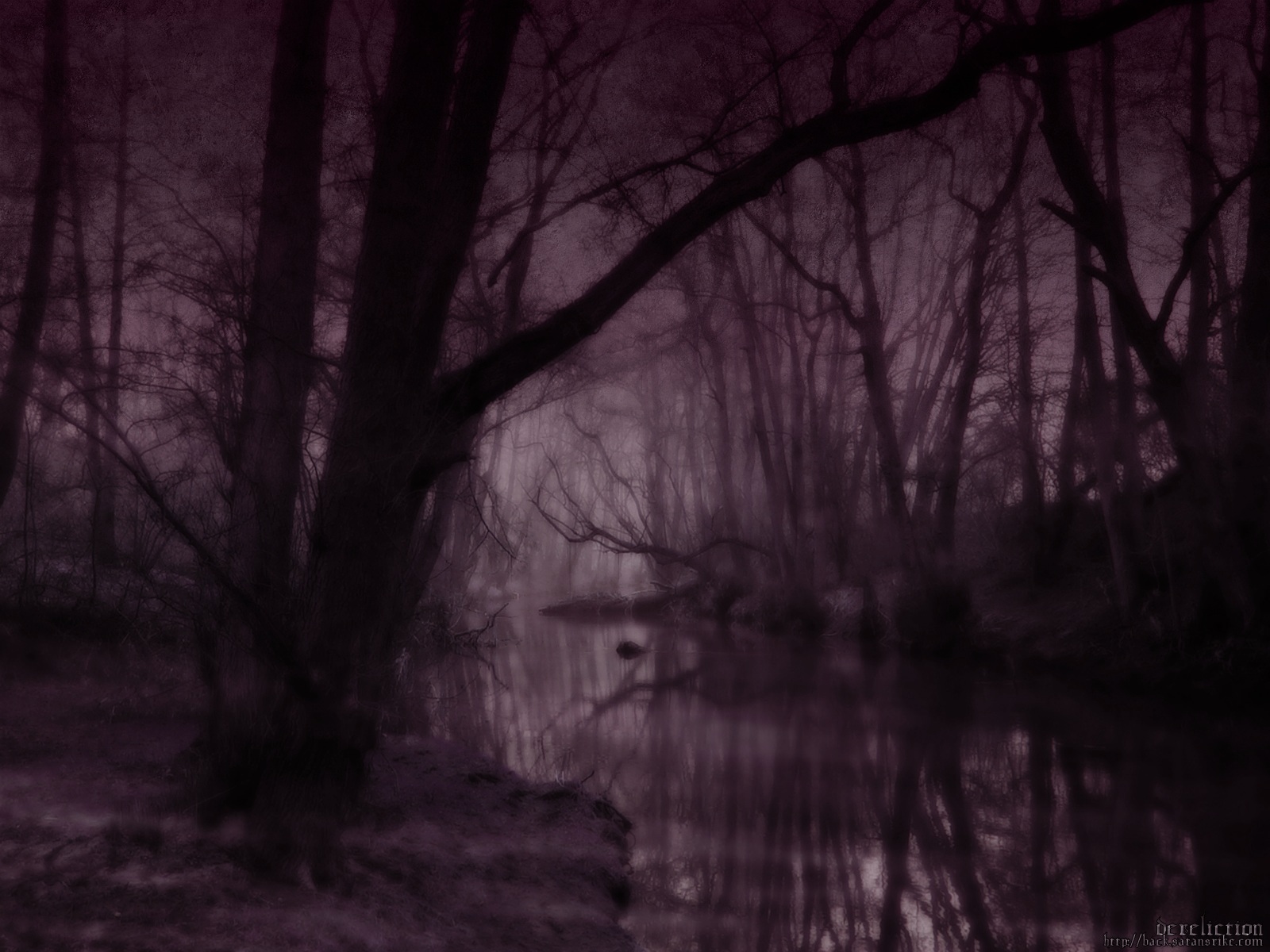
During the Clone Wars, despite their location in the Outer Rim, Caanus did not side with the Confederacy of Independent Systems, but instead remained a Republic stronghold. Although some minor houses pledged support to Dooku’s separatists, this was meagre and quickly put down by the other houses. Caanus were amongst the worlds that eagerly supported the New Order proclaiming the reformation into the First Galactic Empire. As such, they had no part in the Rebellion, but were quickly absorbed into the Second Galactic Republic and its successor states.
During this time, as interest dwindled, many of Caanus' population actually left for other, more interesting worlds, with Caanus becoming nothing more than a hive for lords and lordlings, Skaal big and small, and a smattering of working and middle-class populaces. Amongst the few worlds lucky enough to be overlooked by the Yuuzhan Vong, Caanus suffered none of the Vongforming that terrorised countless other worlds, although the conclusion of the war saw Caanus becoming one of the worlds expected to do its part for the refugee efforts. Typically a Human-dominated world small in alien populaces, this radically changed in the space of months, taking generations for the Non-Humans that remained over the generations to eventually become grudgingly accepted by the Caanan Skaal.
Whilst always aiding their allegiances during times of warfare, Caanus remained a reasonably isolated nation despite its role as a glorified hub for refugees for a period of time, and had very little to say in galactic affairs again until the start of the New Mandalorian Wars, in which the True Mandalorians laid claim to Caanus and subjugated its peoples.
Modern Period (300 - 1,217 ABY)
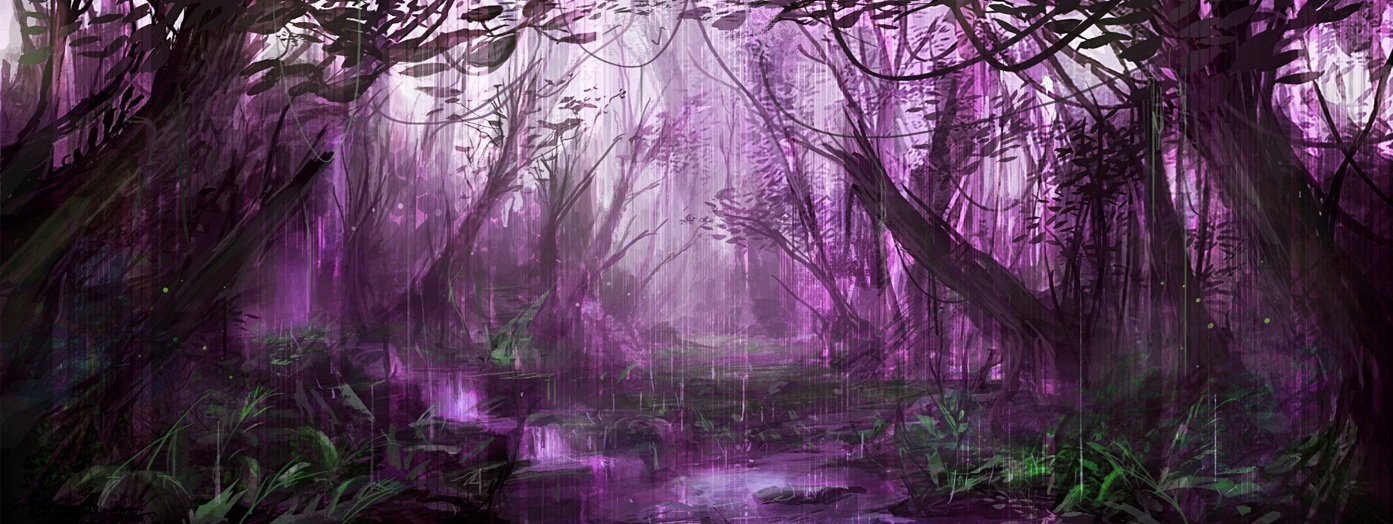
With the Mandalorian occupation of their world, a deep resentment for the nomadic warriors developed amongst the Houses of Caanus, and open revolts and conflict were frequent. Whilst these proved troublesome, the Mandalorians would not give up on the wealth that Caanus afforded them, and were only unable to control the Caanan once the Mandalorian Civil War began, with the Defenders diverting much of their attention away. With the threat ended - but still a very sore memory - Caanus supported the Grand Proclamation, turning the Federation into the Third Republic, an institution they could be proud to be a member of. This was the turning point that brought Caanus into more prominence once again, although not mightily, with them often being regarded as a sparser Serenno.
As part of their policy to resist a reoccurrence of the Mandalorian occupation of their world, the Caanan made an active effort to band together with nearby worlds, typically those once members of the now-ancient Diarchy and Hegemony, forging an informal commonwealth of like-minded states against any such future incursions. Including trade and political agreements, capital once again flowed through Caanus in a centuries-long rejuvenation of power long-lost. Whilst viewed as a gloomy, storm-ridden world, the planet was nevertheless viewed as a paradise of untapped resources and beauty in a galaxy that had for centuries been torn apart by the increasingly desperate search for resources, heavily brought about by the intensive and destructive conflicts of the galactic governments and invaders, securing its growing position of authority in the Third Republic.
Despite this position, Caanus nevertheless isolated itself from many of the more involved affairs of the Third Republic, preferring instead to remain on the side-lines, consolidating power with its nearby allies and securing its ongoing prosperity. Even so, when war loomed with the expansionist and opportunistic Hutts, Caanus was not slow to throw its support behind the burgeoning Republic, both during this and later conflicts.
Refusing any GalactaWerks involvement in their planet, Caanus had no qualms with the company when the Outer Rim Alliance (ORA) was formed in protest, seceding from the Third Republic, but - if anything - were angered by the gall of the ORA, particularly so when schisms occurred within their informal community of worlds as threw themselves behind the ORA. As such, Caanus readily supported the Republic against a group it saw as little more than rebels and traitors to both themselves and the galactic government they served. Given their proximity to the ORA, Caanus served a seemingly larger role in the First Outer Rim Conflict, and one that would be echoed in the Second Outer Rim Conflict.
Despite a Republic victory, the war itself and the events that transpired left a bitter taste in the mouths of the Caanan Skaal; their former allies saw them now as oppressors – much as their shared histories had made them out to be in millennia past – and were less willing to support the vague union that had existed for some time. Old wounds were opened, scars that would be slow to heal but fortunately for Caanus left the homeworld the most financially secure in the region.
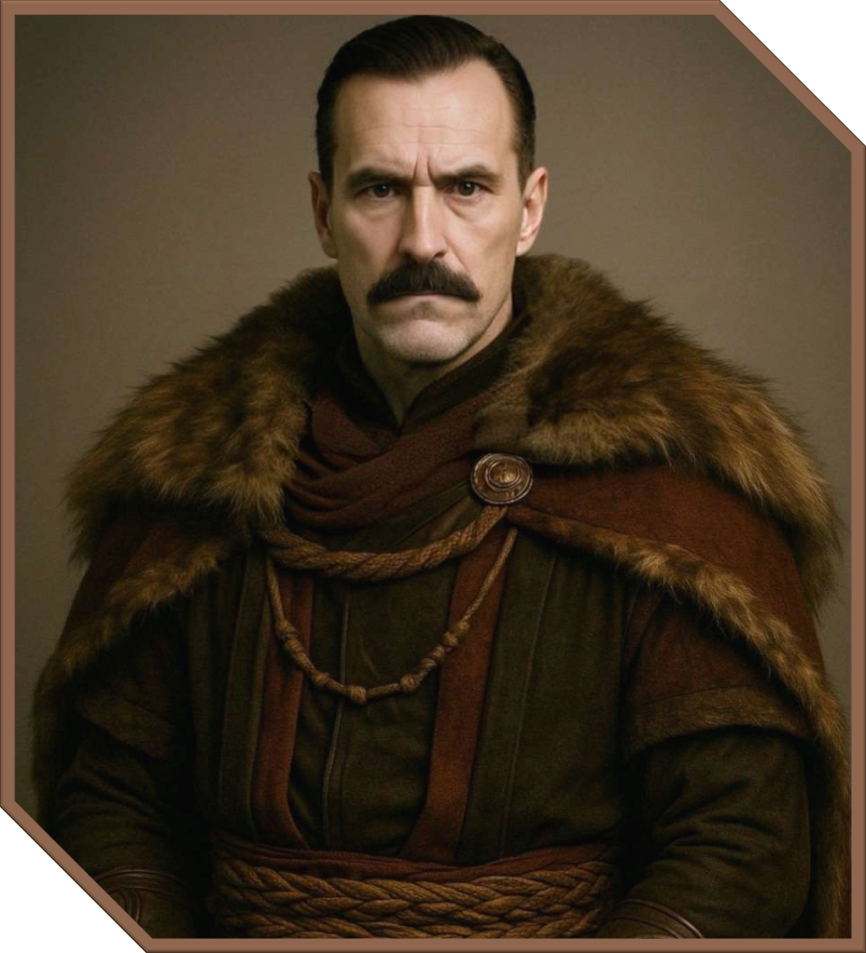
When the Outer Rim Alliance was reformed, the Archae of Caanus, Wulhart XVIII of House Verus (see left) - and also the Senator of Caanus - personally took up arms in the conflict to defend the Republic he held so dear, but also found an ally in an unlikely figure - the Rift Jedi Dora-Sul, a Kel Dor who had forsaken the Reborn Jedi Order to join the Alliance.
Owing his life to Senator Wulhart, Dora-Sul actually pledged to serve as a personal guard to the House of Verus, and took up residence in Vaarthul following the war. It was he who detected the Force sensitivity of the Archae’s son, Thane, and his younger brother, Ventul, and offered to train each as they grew older. With the eldest already of an age to learn, the Grey Jedi began teaching Thane the rudimentary basics of Force use and lightsaber combat, and even forged a strong bond with the young boy, but it was not to last.
A group of bandits - led by a tattooed Dark Jedi - invaded Vaarthul, destroying much in their path, and killing many of the keep's residents. During the conflict, the invaders killed Dora-Sul, stole the Sceptre of Caanus (which housed a red jewel - in fact a Kaiburr crystal shard), and took with them both Wulhart's wife, Amica, and youngest son, Ventul, not to be seen again and presumed killed. Wulhart quickly fell into a deep depression, withdrawing from public life and even let Thane be given up to the Jedi Order, who hesitantly took the youth in.
Since this, Caanus has again become more isolated from Republic affairs, even though the wealth of the planet remains sizeable. In his place, a lower-born noble, Haavan Vuul, has taken Wulhart's place in the Galactic Senate, and is rumoured to be incredibly corrupt, abusing his position to steal from the House of Verus and making other deals, all for his own personal profit.
Culture and Politics
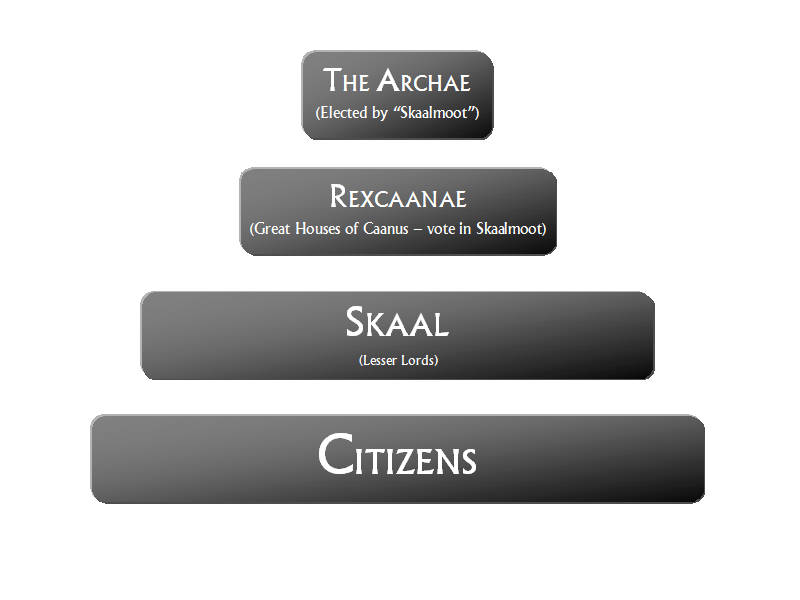
Built upon an ancient system of government common to many worlds across the cosmos, Caanus utilises a form of feudalism dominated by the various Great Houses, each led by a singular individual (the Rexcaanae, in the ancient Caanan tongue), with the support of their family and vassal lords(known as “Skaal”).
Birthed from independent organisations that existed from the earliest arrival of Humans, these Great Houses have developed little in terms of culture since the unification of Caanus, typically paying homage to the Archae – the Caanan King – whilst simultaneously each serving their own House’s interest. For the largest duration of recent history, the leader of the House of Verus has been accepted as the ancestral Archae at each successive Skaalmoot, an event where each Rexcaanae (pronounced “RAY-can-AY”) come together to agree on their first amongst equals.
Each House has its own Rexcaanae, and each have a title unique to themselves, styled after the name of their house. For example, the leader of House Verus is the Rexverus and the leader of House Saan is the Rexsaan, whilst lesser Skaal receive no such honour, and the Archae is supreme over all Caanan.
Whilst there have been deviations from this in times past, the Skaalmoot that sees the Archae chosen has also served as an advisory council (at times in Caanus’ history serving as a form of parliament) to the leader throughout times both tumultuous and peaceful, as well as including the lesser Skaal to serve where appropriate.
As a member-world of the Republic, Caanus has as representation in the current incarnation of the Galactic Senate in the form of a senator. Whilst this role has been served by various individuals from different walks of life from Caanus and within Caanan space, it has recently been fulfilled by the Archae Wulhart and later by the Skaal of the lesser House Vuul, who has also served in the capacity of regent during Wulhart’s withdrawal from public life.
Whilst the House of Saan is led by those of Zeltron descent and a percentage of Caanus’ standard population is made up of a minority of non-Human species, the world and its culture have remained largely Humanocentric, rarely accepting or indulgent of cultures and ideals foreign to the planet, only sometimes acceptant of Human artistry and suggestions. Having developed their own culture over the millennia, Caanan cuisine, art, music and life is stark, always severe in its style and grim in its aesthetics, typical of the world itself and the resources available to its peoples. Structures always adopt hard lines and simple colours. Art is usually of few colours yet dramatic whilst music is melancholy and slow.
What religion remains on Caanus is birthed from ancient premises common to numerous species across the cosmos; paganism. Placing faith in the star that gives them life and the rivers and trees that sustain them, Caanan have typically looked to the material world as well as a unifying presence that ensures their ongoing existence. Whilst their exposure to the wider galaxy has dampened the religious sects of Caanus, a steady belief in being thankful for the resources and the planet that permits their existence remains, with the Caanan – in many ways – being viewed more as pantheists as their culture has progressed. In many ways, their belief system revolves around being grateful that the universe sustains them and permits their continued existence; life itself is god, and should not be taken for granted, but should nevertheless be used to one’s advantage as one seeks their path in life.

The Thaalda of both moons are considered a subspecies, either not worth discussing or considered a taboo subject. Whilst exiled from the world and oft-times abused by the reigning families as footsoldiers or cannon fodder, the Caanan have since outlawed travel to their moons and refuse acknowledgement of the Thaalda as anything but a creature beyond domestication or true sentience. Controversial as this has been over the centuries, the Thaalda are nevertheless not considered intelligent by Republic scientific standards and have not attracted much attention, and what few apologists exist on Caanus consider any involvement with the Thaalda since their banishment by misguided ancestors to be a mistake. Considering what has already been done and what could possibly be done, it is believed to best to now let them develop as naturally as possible.
Food on Caanus is plentiful yet cuisine is not expansive. Favourite dishes include Caanan woodfowl (a poultry dish) as well as a plentiful supply of various berries birthed near the expansive swamps spread across much of the world, including the delectable calberry and its more poisonous cousin, the darkberry. Typically, the Great Houses more inclined to involve themselves in galactic affairs have imported foodstuffs from across both what was once Caanan space and the various republics and empires that have existed over the recent centuries. p>
Geography/Locations:
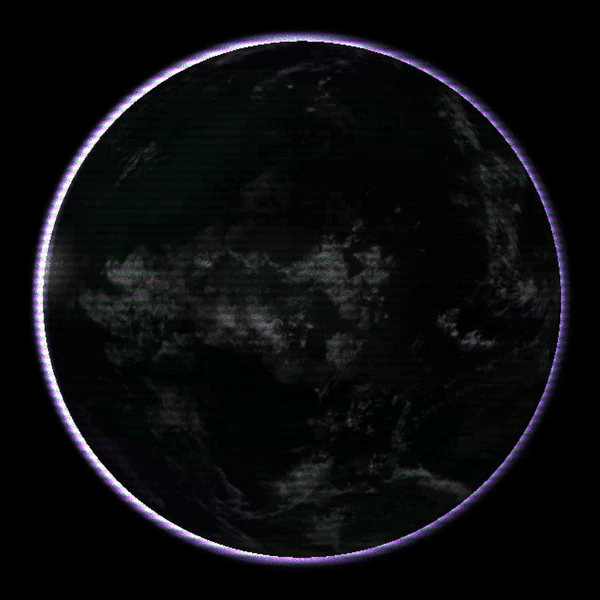
Categories: Planets
